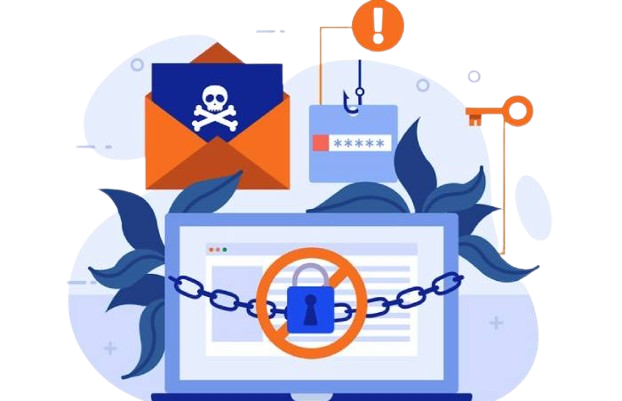Office 365 Phishing Protection: Best Practices For
Securing Your Email Accounts
Email continues to be one of the primary channels for business communication, but it is also a favored target for cybercriminals. Among the myriad of threats, phishing attacks stand out as one of the most pervasive and dangerous. With the widespread adoption of Microsoft Office 365 as a productivity suite, safeguarding your email accounts against phishing attacks has become more crucial than ever. Peruse this webpage for additional insights.
Understanding Phishing Attacks
Phishing attacks are fraudulent efforts aimed at misleading people into revealing confidential information, including usernames, passwords, or financial data. Typically, these schemes utilize counterfeit emails that seem to originate from reliable entities. The advanced nature of contemporary phishing tactics makes them hard to identify, as perpetrators employ methods like domain impersonation and social manipulation to evade conventional security protections.
Within the realm of Office 365, phishing threats can manifest in multiple ways. This may involve emails that mimic Microsoft to capture login information, harmful links hidden within files, or deceptive messages directed at high-level executives to approve wire transfers.
Built-In Security Features of Office 365
Microsoft Office 365 offers a comprehensive suite of features aimed at preventing phishing attacks. This includes sophisticated threat protection systems and the use of machine learning to identify and intercept potentially harmful emails. Tools like Safe Links and Safe Attachments analyze incoming messages for any malicious elements, enhancing overall security.

Best Practices for Phishing Protection in Office 365
Enable Multi-Factor Authentication (MFA)
Multi-factor authentication enhances security by necessitating an additional verification step from users. This may involve entering a one-time code received on a mobile device, using a biometric scan, or employing a hardware token. MFA guarantees that even if an attacker gains access to the login information, they cannot enter the account without this secondary form of authentication.
Customize Anti-Phishing Policies
Maximize the effectiveness of Office 365's Anti-Phishing Policies by tailoring them to meet the unique requirements of your organization. Set up monitoring for high-risk individuals, including executives and administrators, and modify the criteria for identifying impersonation efforts. Make it a habit to periodically assess and refresh these policies to keep pace with changing phishing strategies.
Educate and Train Employees
Workers frequently serve as the initial barrier against phishing threats. It is essential to hold frequent training sessions to inform team members about how to identify phishing attempts. This includes verifying sender email addresses, steering clear of dubious links, and reporting any possible risks. Additionally, conducting simulated phishing drills can help evaluate and enhance employee vigilance.
Implement Advanced Threat Protection (ATP)
Workers frequently serve as the initial barrier against phishing threats. It is essential to hold frequent training sessions to inform team members about how to identify phishing attempts. This includes verifying sender email addresses, steering clear of dubious links, and reporting any possible risks. Additionally, conducting simulated phishing drills can help evaluate and enhance employee vigilance.
Monitor and Audit Activities
Consistently keep an eye on email usage to identify any irregular patterns or behaviors that could suggest an account has been compromised. Utilize the audit logs available in Office 365 to observe login attempts, email forwarding configurations, and modifications to security settings. Identifying suspicious activities early can help avert the escalation of potential security breaches.

Use Conditional Access Policies
In Office 365, administrators can establish Conditional Access Policies to manage user account access criteria. For instance, they can limit access according to factors such as the user's location, the type of device being used, or the assessed risk level. By adopting these measures, organizations can significantly reduce the likelihood of unauthorized access from potentially unsafe sources.
Regularly Update and Patch Systems
Make certain that every device connecting to Office 365 accounts has the most recent security updates installed. Software that is not up to date frequently harbors weaknesses that can be targeted by hackers. Whenever feasible, enable automatic updates to help keep the system secure.
Tips for Enhanced Security
- Enable mailbox auditing to track changes and detect suspicious activities like unauthorized email forwarding or deletions.
- Disable legacy authentication protocols such as IMAP and POP, which are more vulnerable to attacks.
- Use email encryption to protect sensitive communications and prevent unauthorized access to content.
- Set up email filtering rules to block emails from known malicious domains or IP addresses.
- Review user permissions regularly to ensure accounts only have access to resources they need.
- Deploy a Secure Email Gateway (SEG) for advanced filtering and threat analysis.
- Implement user account lockout policies to mitigate brute-force attacks.